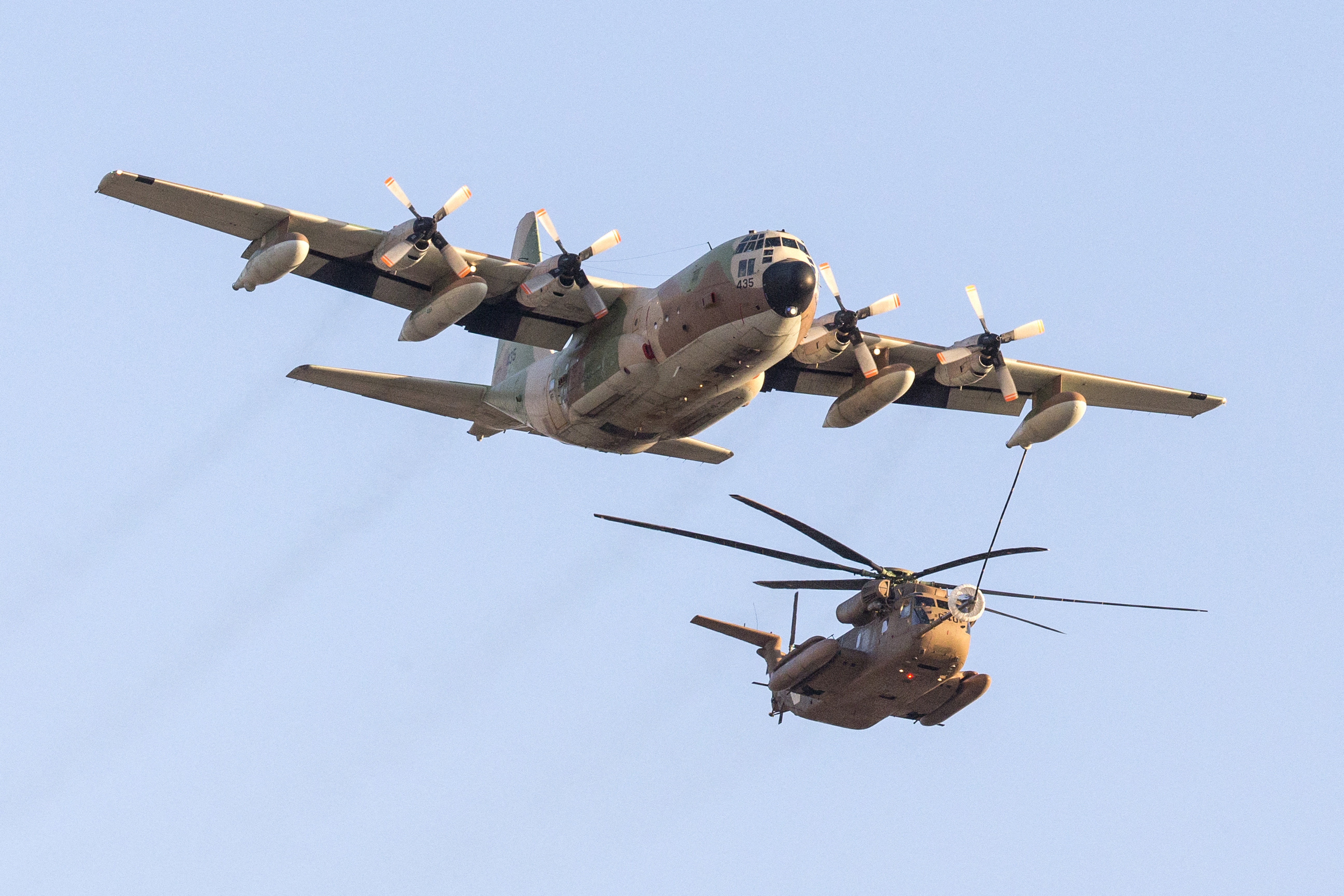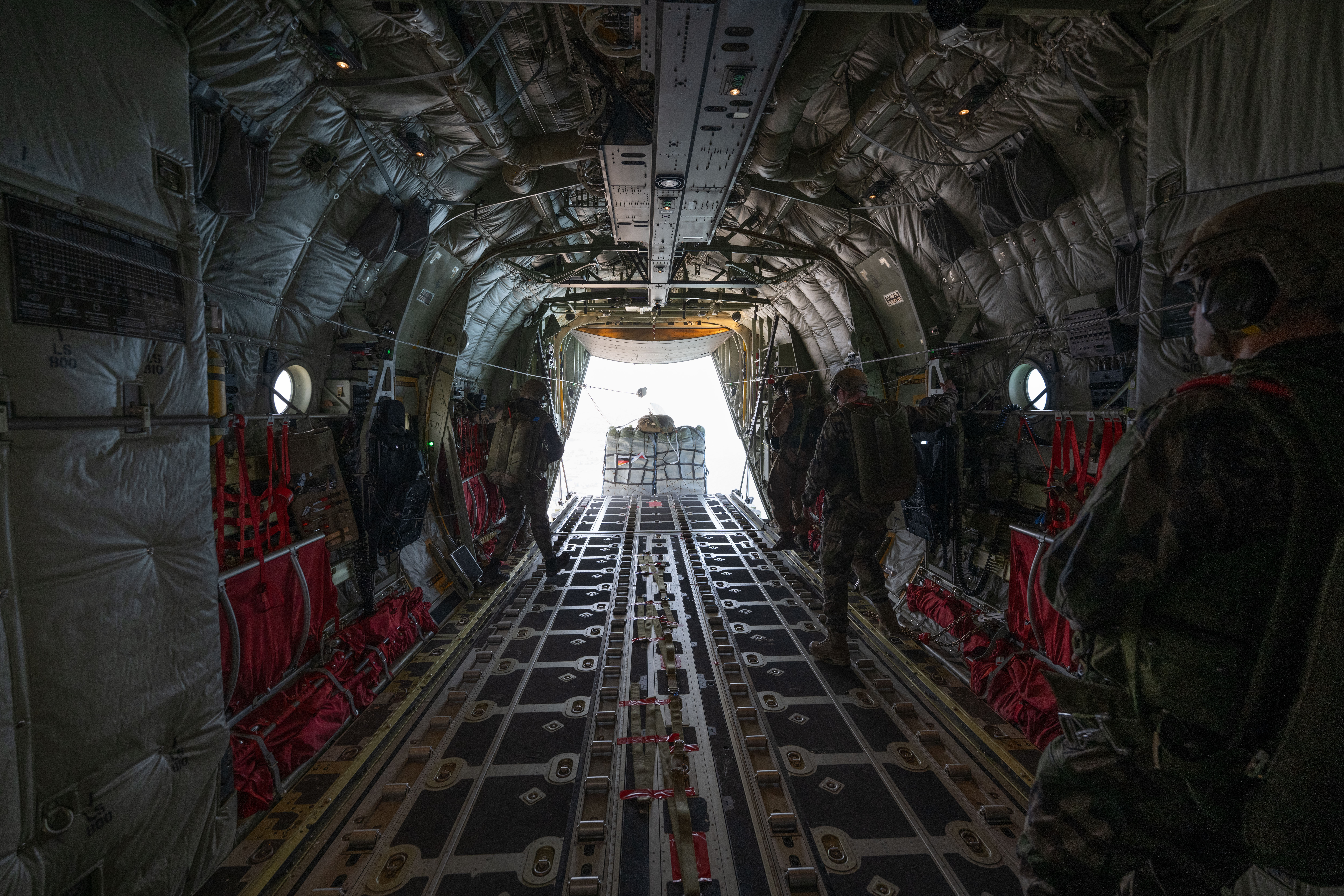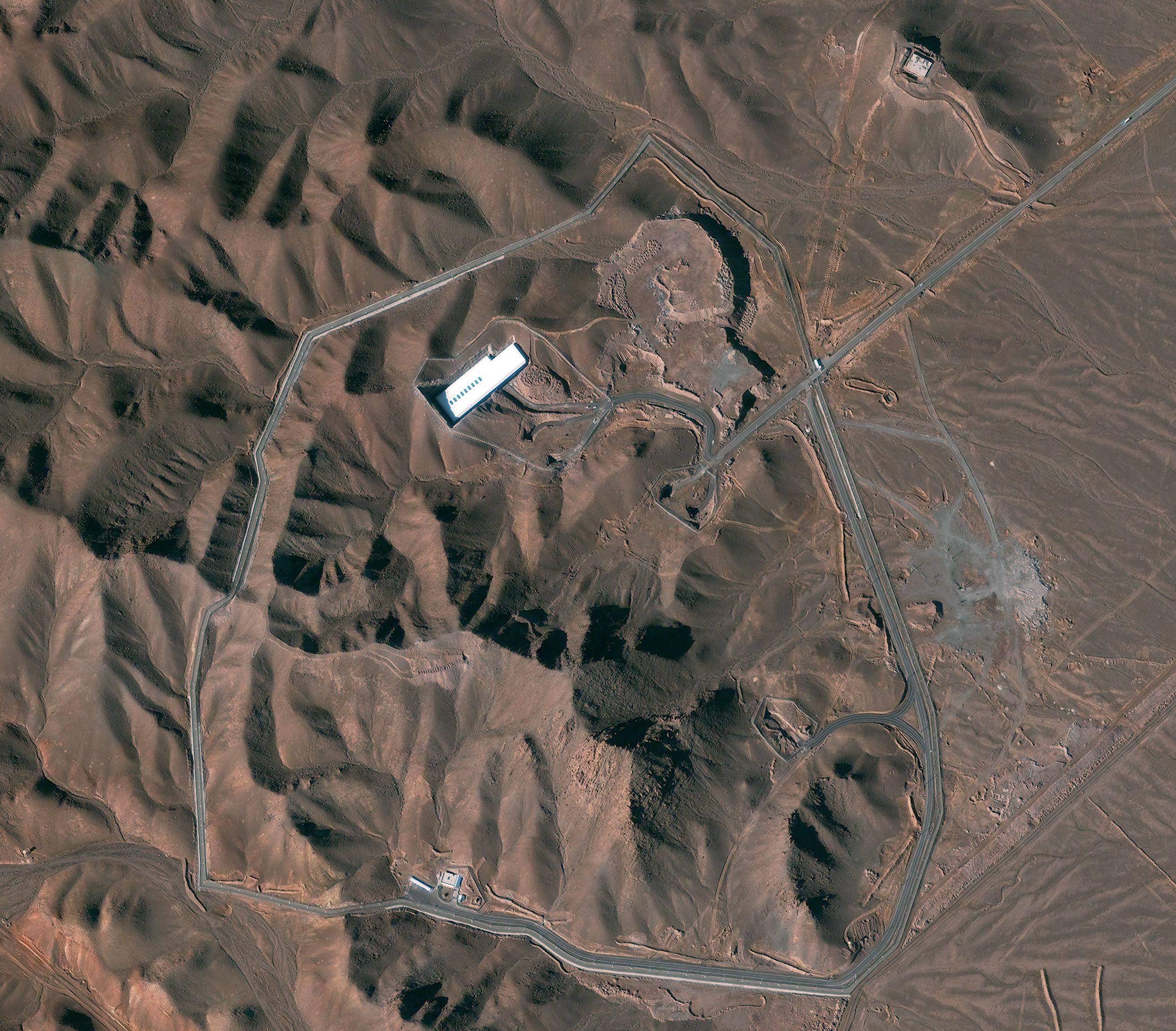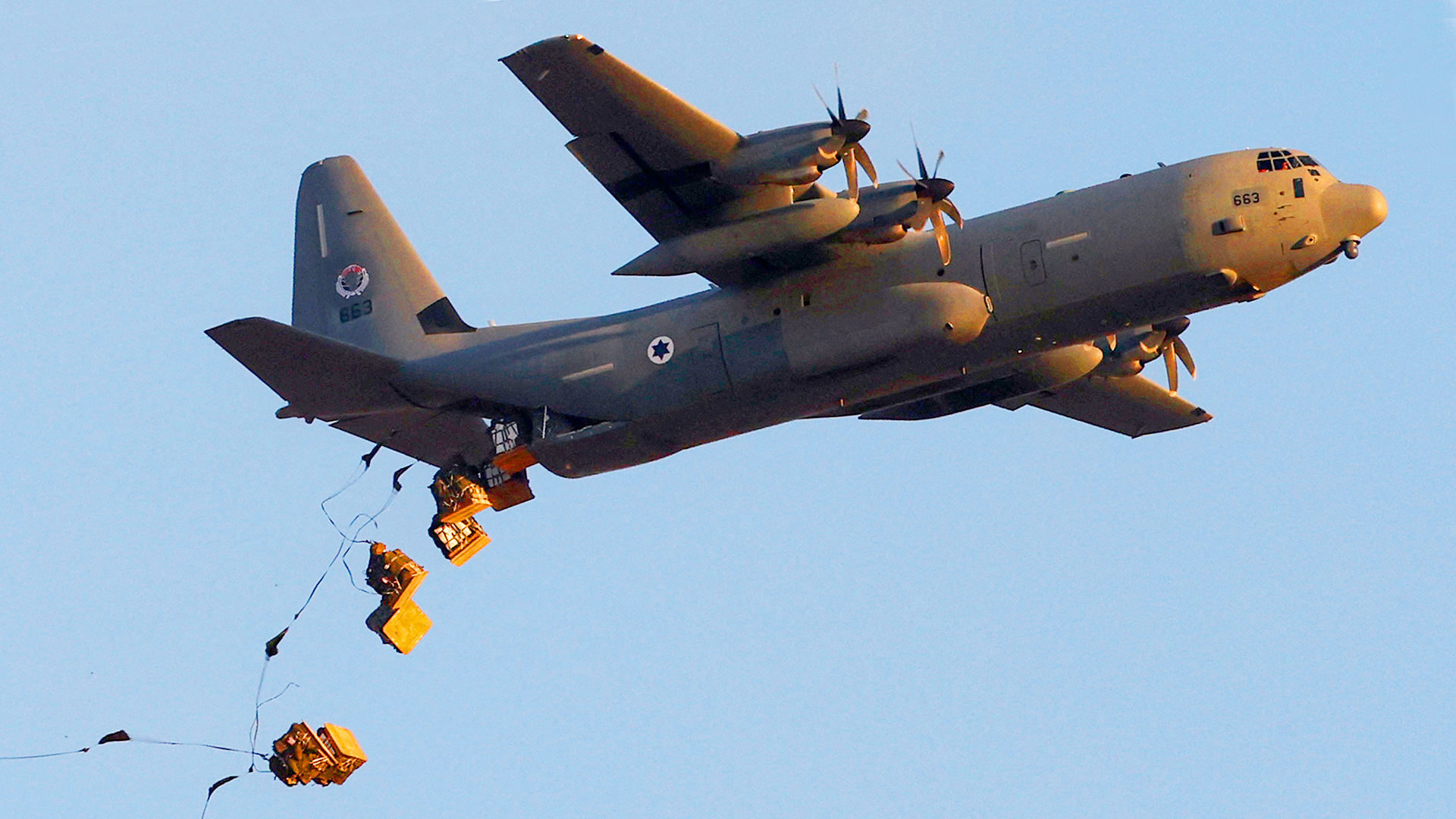A major unknown we have been discussing for many years is how Israel would go about fully destroying Iran’s nuclear capabilities, not just degrading them, without having the ability to penetrate deeply buried sites from the air — the nuclear enrichment facility that sits under a mountain in Fordo, in particular. Without the help of U.S. B-2 Spirits carrying GBU-57 Massive Ordnance Penetrators (MOPs), a ground operation seemed like nearly the only option. But what about Israel’s humble fleet of roughly 15 KC-130H, C-130H, and C-130J Hercules transports?
The B-2 and the constantly evolving MOP are the only known combo of conventional weapons that could theoretically dig down far enough to blow up the Fordo nuclear site. Even the ability of this to succeed in this mission has been questioned. Exotic ballistic missile and warhead combinations may be an option, but this is totally speculative. Beyond striking tunnel entrances to possibly impair access to the site for a period of time using smaller bunker busters, the B-2s carrying MOPs appear to be the only game in town. Or is it?

Part of the B-2’s allure is that it could penetrate very deeply into Iranian airspace and strike its targets without having to execute a full air war. It would still need major support, but, combined with standoff capabilities and stealth tactical jets, it provides an avenue to a quicker and hopefully cleaner conflict aimed at dismantling Iran’s nuclear capabilities. The need for the B-2’s stealth qualities is drastically reduced now that Israel has declared air superiority over Iran. That doesn’t mean ground-based air defenses are not still a threat — especially road mobile, shoulder-fired, and non-traditional systems — but Iran’s overall counter-air capability has been severely degraded. Fighters and even slow-moving large drones that operate at medium altitude are now flying relatively freely over major Iranian population centers today. Regardless, as far as we know, the B-2 is still not an option as the United States has not yet agreed to join the kinetic fight alongside Israel.

At the same time, we have seen some interesting glimpses of Israel’s C-130 operations extending far east, over Syria, and likely beyond. It isn’t clear exactly what these operations are for. They could be providing forward arming and refueling points (FARPs) and aerial refueling for special operations helicopters that are tasked with combat search and rescue and operative extraction. They could also be supporting forward drone launch bases or even air dropping drones that will head deep into Iran themselves. As Israel continues to dismantle the bits that are left of Iran’s air defenses, pushing these aircraft far deeper into the country is a possibility.
Making the aerial threat conditions anemic enough so that a C-130 can survive reliably deep into Iranian territory would be relevant for going after nuclear targets that standard aerial weaponry cannot reach. In the past, we have detailed how a ground assault would likely be necessary for this task if Israel had to go it alone. The IDF has certainly shown it’s prepared for such operations, but that is still an extremely risky endeavor. So, what if Israel’s C-130s could drop GBU-57 MOPs, or an Israeli weapon very similar to it, on these targets instead of B-2s?
There is certainly a precedent for C-130s dropping absolutely massive bombs out of their cargo holds, both old and new. The BLU-82 Daisy Cutter was dropped by C-130, primarily to clear landing zones, during the Vietnam War. A modernized fuel-air weapon known as the GBU-43 Mother Of All Bombs (MOAB) is in service today, and it was used with devastating results in Afghanistan in 2017. So why not a super-heavy penetrator?



Dropping a weapon weighing nearly 30,000 pounds out the back of a C-130 would certainly be something to behold. The MOAB clocks in at nearly a third lighter than MOP. Still, MOP or a similar weapon could be designed to maximize the C-130’s airdrop envelope and not exceed it, and should have no problem fitting inside of and being released by a C-130.

One major area where the C-130 would be at a disadvantage to the B-2, beyond its survivability and ability to carry two MOPs at once, is its speed and altitude. The Hercules flies substantially lower and slower than the B-2, which would have an impact on the weapon’s overall impact force, and likely substantially so. A C-130 dropping the same weapon at 25,000 feet and 250 miles per hour will result in significantly less kinetic force of impact than a B-2 dropping the weapon at 50,000 feet and 500 miles per hour. This is a big deal for a munition that is meant to burrow down as deeply as possible into a mountain and detonate.

It isn’t clear if these performance differences would separate success from failure. It may be that just additional munitions would be needed in order to burrow down one on top of the other deeper into the mountain to hit the targeted cavity. This is another tactic we have discussed for years in terms of being able to reach the nuclear enrichment bays inside Fordo. It’s also possible that the weapon could include a rocket booster to make up for the difference in release speed and altitude.
So, could a C-130 deliver a devastating blow to a target like Fordo? The answer is, we just don’t know, but it seems possible to use the C-130 as a MOP or MOP-like weapon delivery system, regardless. And even if it couldn’t go after Fordo with a good chance of fully destroying the facility, Iran has many other critical areas buried under mountains, many of which are less fortified, but still may not be penetrable by fighter-deployable bunker busters, such as BLU-109-equipped JDAMs.

While there is no clear indication that Israel has such a capability, it is interesting to ponder the possibility, especially in an age where transports may be taking on more kinetic roles.
Contact the author: Tyler@twz.com
